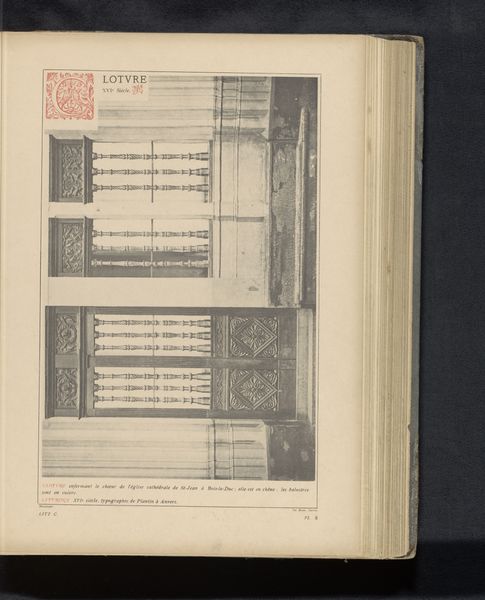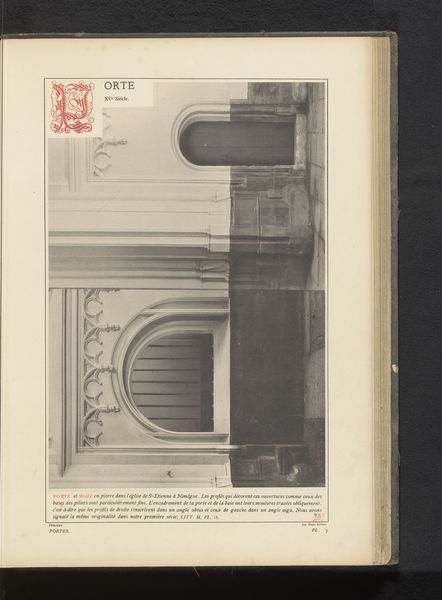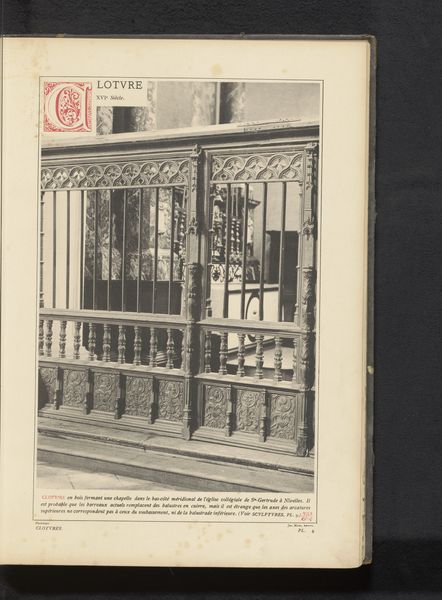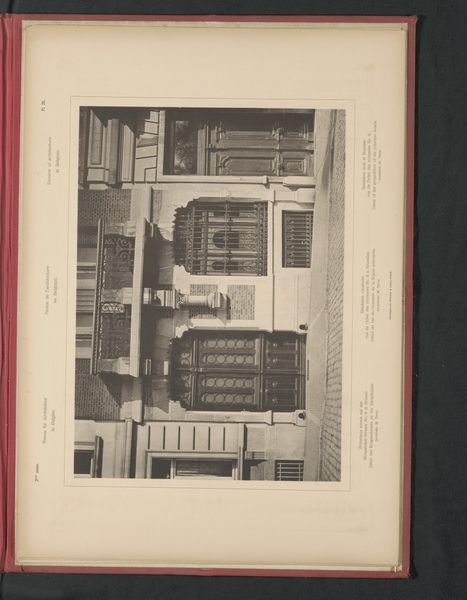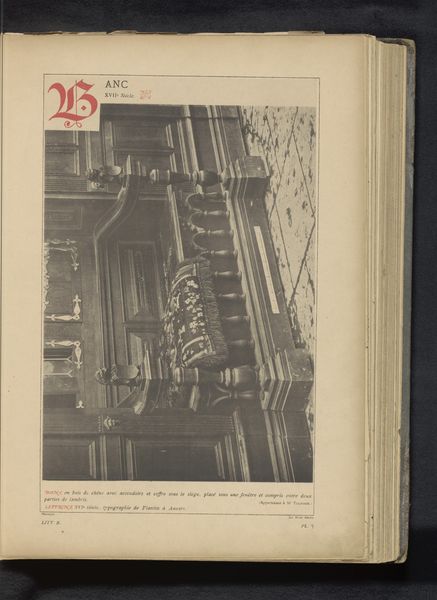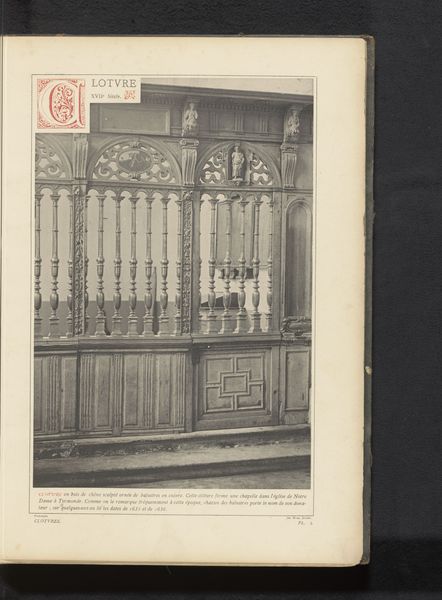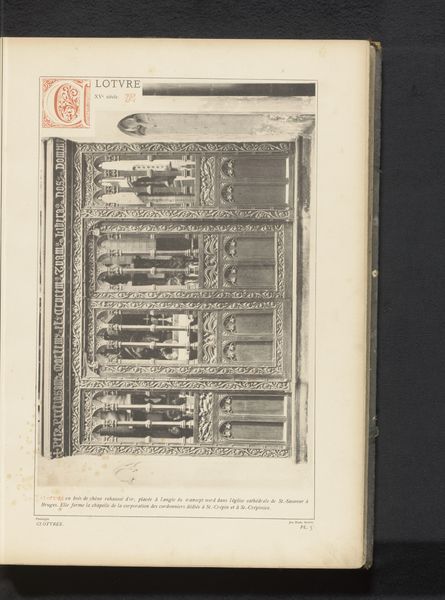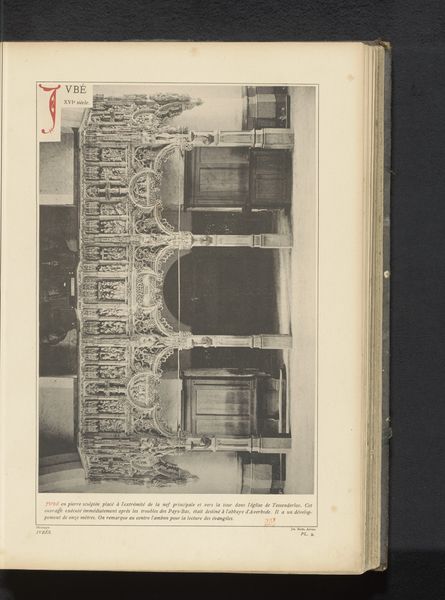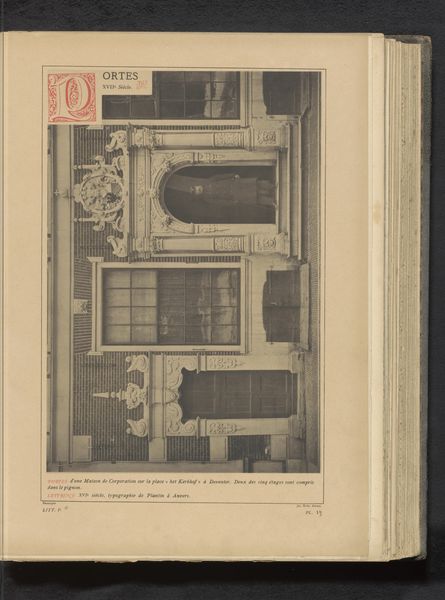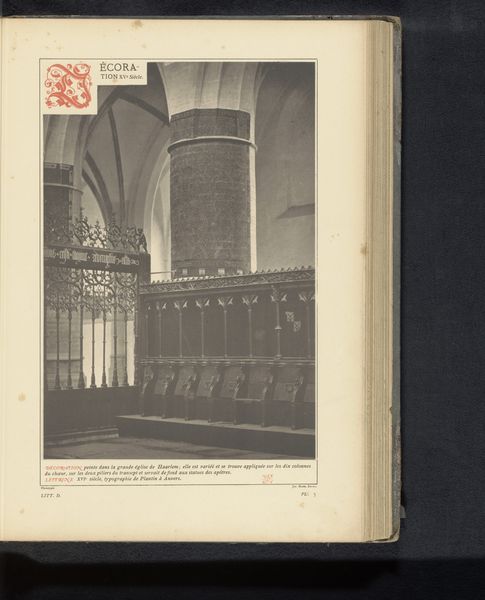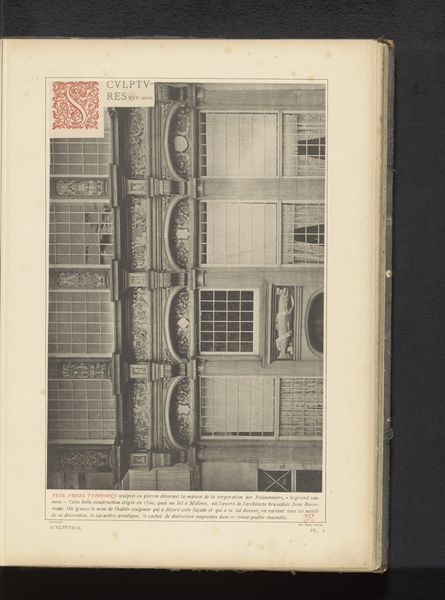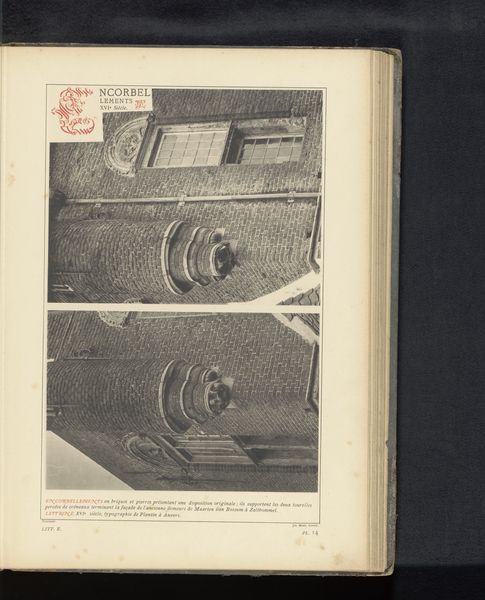
print, photography, architecture
#
medieval
# print
#
photography
#
architecture
Dimensions: height 340 mm, width 234 mm
Copyright: Rijks Museum: Open Domain
Editor: This image shows the “Poort van de Sint-Stevenskerk te Nijmegen,” or the gate of the Saint Steven’s Church in Nijmegen. It was made before 1889, we think. What I find striking is how the photograph captures such fine architectural detail, particularly in the stonework and the ornate window grills. How do you interpret this work? Curator: The architecture speaks of layering, of cultural memory. Notice the arches and the repetitive patterns, and the ways light and shadow interact; to me, the grillwork over the portal creates a sense of something hidden and secured, something precious within the medieval past. Consider how architectural choices are never random; each element serves a purpose, often both practical and symbolic. What stories do you imagine these stones could tell, Editor? Editor: That’s fascinating! Thinking about "something hidden" - the photograph, almost an antique itself, feels like a kind of preservation effort. Was photography, at the time, used to sort of immortalize the past? Curator: Precisely. This photograph acts as a portal itself, freezing a specific moment and architectural aesthetic of the past. The photographic image is evidence. These photographic preservation projects reveal an inherent human desire to prevent the cultural memory contained in architecture from being eroded by the flow of time. Photography and Iconography become, together, a new symbol to preserve a collective cultural past. Do you find the symbolism evokes the period faithfully? Editor: It does! It now occurs to me how fascinating this piece must have looked at the time and continues to! Thanks for sharing your expertise. Curator: A pleasure. Recognizing the interconnectedness of image, architecture and cultural identity offers invaluable insight into works like this, isn’t it?
Comments
No comments
Be the first to comment and join the conversation on the ultimate creative platform.
